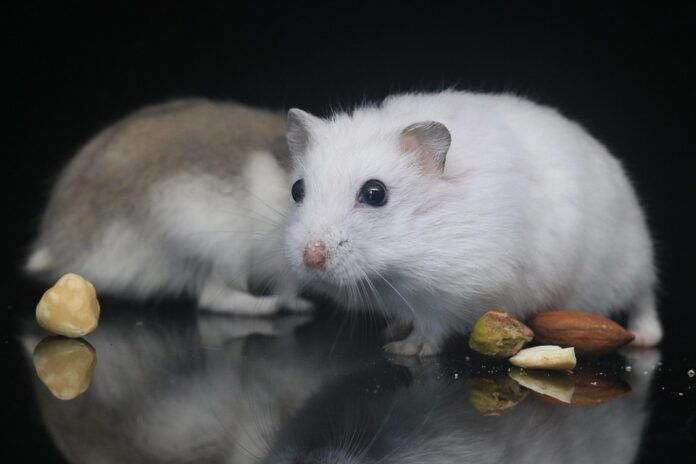Syrian and Dwarf Hamsters: Different Food Requirements
Introduction
Syrian and dwarf hamsters are popular pets known for their adorable appearance and playful nature. While they may seem similar in many ways, these two types of hamsters have different dietary needs, especially when it comes to food textures and sizes. In this report, we will explore the specific requirements of Syrian and dwarf hamsters when it comes to their diet.
Syrian Hamsters
Syrian hamsters, also known as golden hamsters, are larger than dwarf hamsters and require a diet that is rich in nutrients to support their growth and energy levels. When it comes to food textures and sizes, Syrian hamsters prefer larger pieces of food that they can easily hold and chew. They enjoy a variety of textures, including crunchy vegetables, fruits, seeds, and pellets. It is essential to provide Syrian hamsters with a balanced diet that includes a mix of fresh foods and commercial hamster food to ensure they are getting all the necessary nutrients.
Dwarf Hamsters
Dwarf hamsters, on the other hand, are smaller in size and have different dietary requirements compared to Syrian hamsters. Dwarf hamsters are omnivores, meaning they eat both plant and animal-based foods. When it comes to food textures and sizes, dwarf hamsters prefer smaller pieces of food that are easy for them to pick up and eat. They enjoy a mix of textures, including soft fruits, vegetables, grains, and small seeds. It is crucial to provide dwarf hamsters with a varied diet to ensure they are getting all the essential nutrients they need to stay healthy and active.
Why Food Texture Matters
The texture of the food is essential for both Syrian and dwarf hamsters for several reasons. Firstly, hamsters have teeth that continuously grow, and they need to chew on harder textures to wear down their teeth and prevent overgrowth. Secondly, different textures can provide enrichment for hamsters, keeping them mentally stimulated and engaged. Lastly, offering a variety of textures can help prevent boredom and encourage natural foraging behaviors in hamsters.
Industry Insights
The pet food industry is a multi-billion dollar industry that continues to grow each year. With the increasing popularity of small pets like hamsters, there is a demand for a wide range of specialized hamster foods that cater to different dietary needs. Companies like Oxbow Animal Health, Kaytee, and Supreme Petfoods offer a variety of hamster food options that cater to specific requirements, including food textures and sizes for Syrian and dwarf hamsters.
Financial Data
According to market research firm IBISWorld, the pet food manufacturing industry in the United States alone is estimated to be worth over $36 billion in 2021. This figure includes sales of pet food for various animals, including hamsters. As the pet ownership trend continues to rise, the demand for high-quality pet food products, including those tailored for specific pets like hamsters, is expected to increase, driving further growth in the industry.
In conclusion, Syrian and dwarf hamsters have different food preferences when it comes to textures and sizes. It is essential for hamster owners to be aware of these differences and provide their pets with a balanced diet that meets their specific dietary needs. By choosing the right food textures and sizes for Syrian and dwarf hamsters, owners can ensure their furry friends stay healthy, happy, and active.


